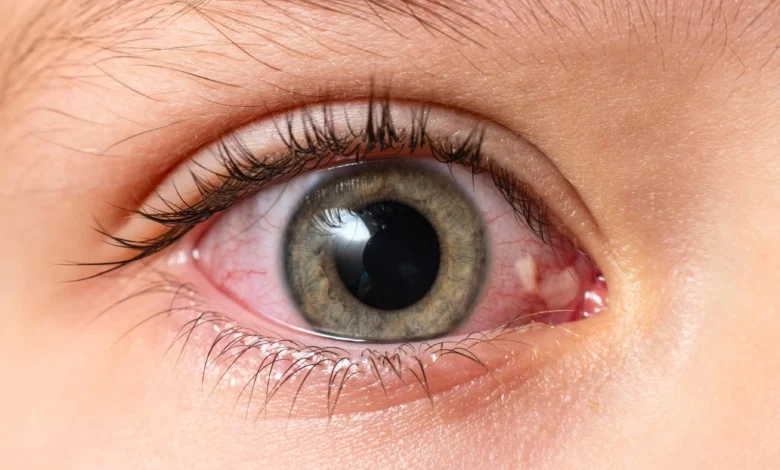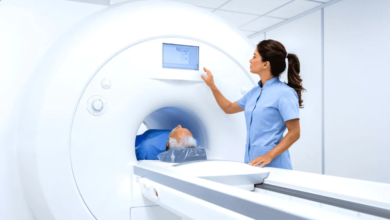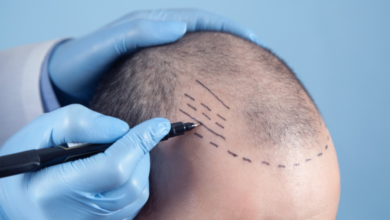Common Vision Problems and the Latest Treatments to Manage Them

Until it begins to blur, most people take clear vision for granted. Millions of individuals worldwide experience a range of eye disorders, from blurriness to severe visual impairment, that affect how they perceive the world. Thankfully, new technology and advancements in eye care are producing better outcomes than ever before.
Understanding Common Vision Problems
Vision issues usually occur when the eye is unable to focus light properly on the retina. Some are age-related, whereas others are genetic, caused by injury, or lifestyle. Listed below are the most common issues experienced with eyesight nowadays.
Refractive Errors
They include farsightedness (hyperopia), nearsightedness (myopia), astigmatism, and presbyopia. They result when the eye shape does not allow light to focus properly. They are usually corrected with glasses, contact lenses, or refractive procedures such as LASIK.
Cataracts
A cataract is a clouding of the eye’s natural lens, resulting in blurry or hazy vision. It is most prevalent in older persons, though it may occur earlier because of diabetes, exposure to ultraviolet light, or eye injury. The only sure treatment is cataract surgery, wherein the cloudy lens is exchanged with a clear synthetic one.
Glaucoma
Called the “silent thief of sight,” glaucoma destroys the optic nerve as a result of elevated intraocular pressure. Glaucoma tends to arise gradually and without any apparent symptoms until vision loss has already begun. Eye drops, laser therapy, and microsurgeries are applied to regulate pressure and avoid further destruction.
Age-Related Macular Degeneration (AMD)
AMD impacts the macula, the area of the retina used for clear central vision. It’s one of the major causes of vision loss in older adults. Current treatments involve anti-VEGF injections that retard progression and maintain existing vision.
Diabetic Retinopathy
This is where diabetes destroys the blood vessels of the retina, causing leakage or misgrowth of the vessels. Keeping blood glucose levels stable is crucial, along with laser treatment or injections to stop further loss.
Low Vision
Low vision is severe vision impairment that can’t be treated by standard glasses, contact lenses, or surgery. Low vision can occur from any number of causes, such as macular degeneration, glaucoma, or optic nerve damage, and may be difficult for a person to perform everyday tasks like reading or driving.
Advances in Low Vision Treatment
Over the past few years,low vision treatment has come a long way. The emphasis is not merely on saving residual vision but also on improving function and independence.
Digital readers, magnifying glasses, or electronic visual aids that warp text and images are some of the tools that optometrists may recommend. Patients’ perspectives on the world can be completely changed by assistive technology like portable magnifiers, text-to-speech apps, and smart glasses. Rehabilitation programs use adaptive techniques and individualised exercise to help with everyday life.
In more advanced stages, retinal implants and gene therapies are coming to the forefront as exciting possibilities, with a goal of restoring some vision to patients with inherited or degenerative conditions. These advancements are slowly changing what’s possible in low vision treatment.
Preventing Vision Decline
Not all eye disease is preventable, but good visual health can slow down decline. Here are a few easy but effective practices:
- Have regular eye exams, even when you’re not experiencing symptoms.
- Consume a diet with high amounts of leafy vegetables, fish, and foods rich in omega-3 fatty acids.
- Use UV-blocking sunglasses when outside.
- Control chronic diseases such as diabetes and high blood pressure.
- Limit the amount of screen time and apply the 20-20-20 rule: every 20 minutes, view something 20 feet away for 20 seconds.
Professional Care and Early Detection
Early detection is essential in the treatment of most eye diseases. Before vision loss becomes irreversible, minor changes may be detected by routine eye exams. Modern diagnostic tools and comprehensive testing are available at clinics like Eye Care of Rigby to effectively identify and treat a wide range of eye conditions.
Conclusion
Although vision problems are increasingly common, the better news is that eye care advances have raised the level of treatment specificity and effectiveness. Intricate optical equipment, anti-VEGF medication, and laser procedures have provided patients with more ways to save and recover their vision. You can have healthier, better vision for the rest of your life by taking care of your eyes, seeking early tests, and adopting new technology.



